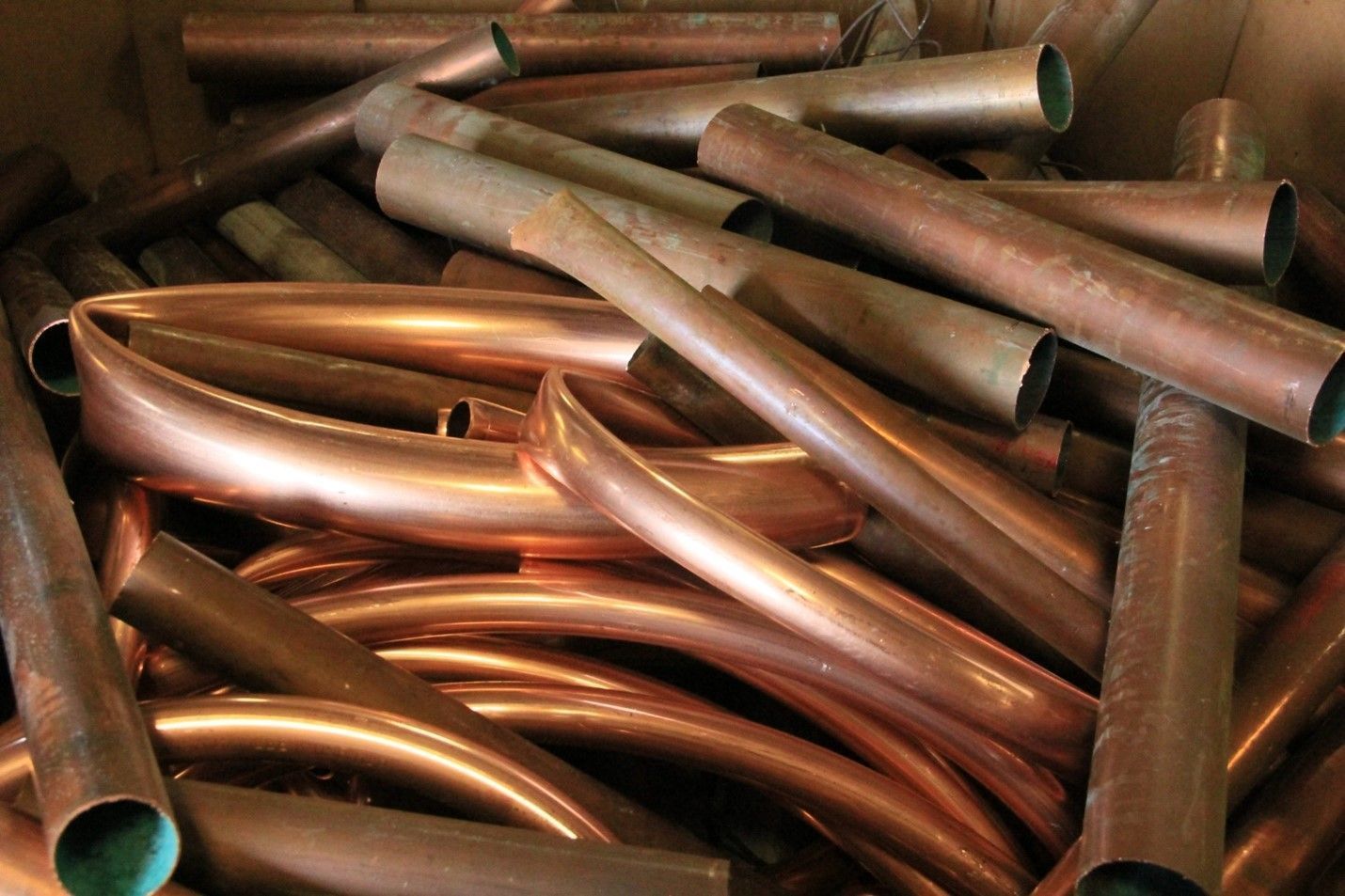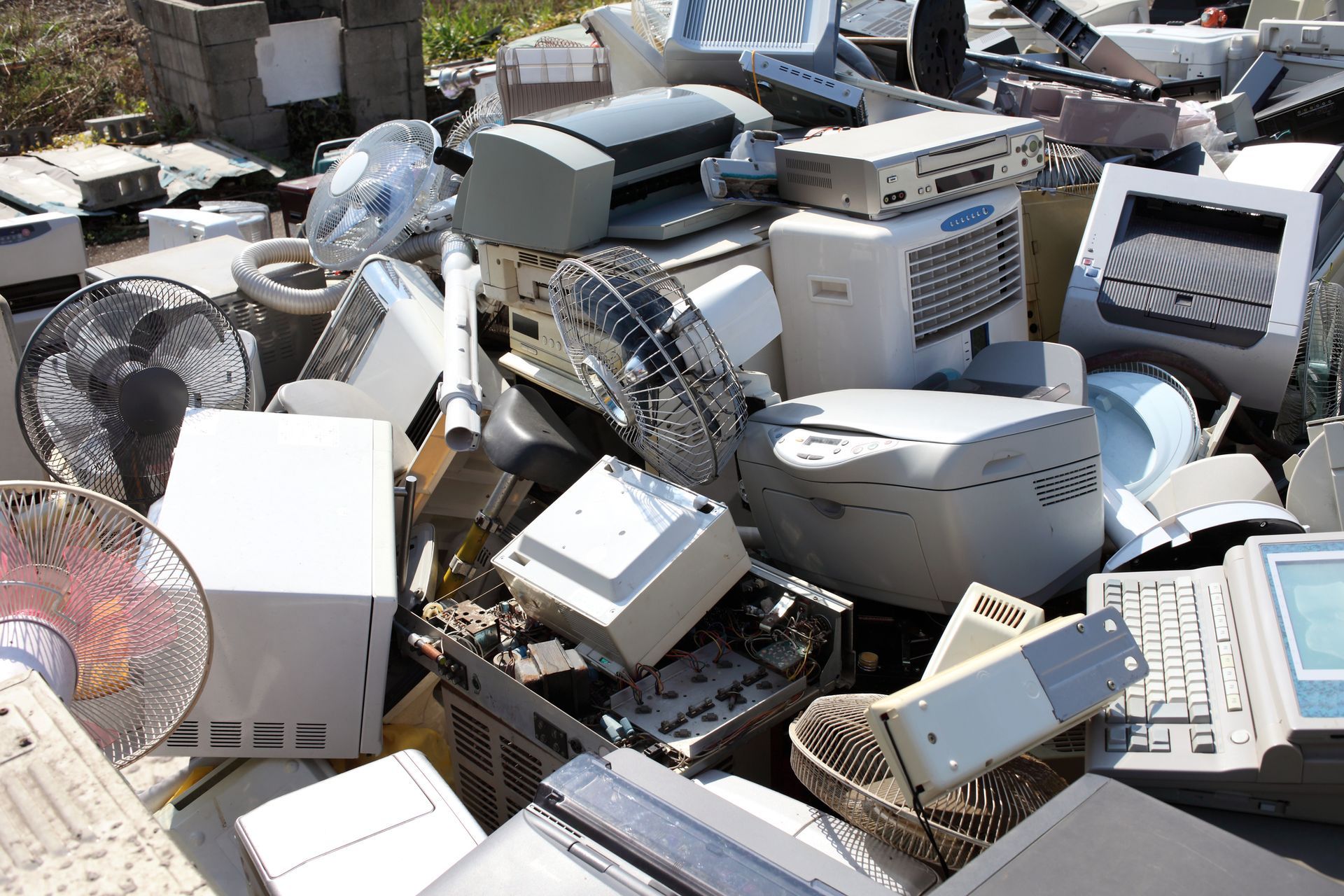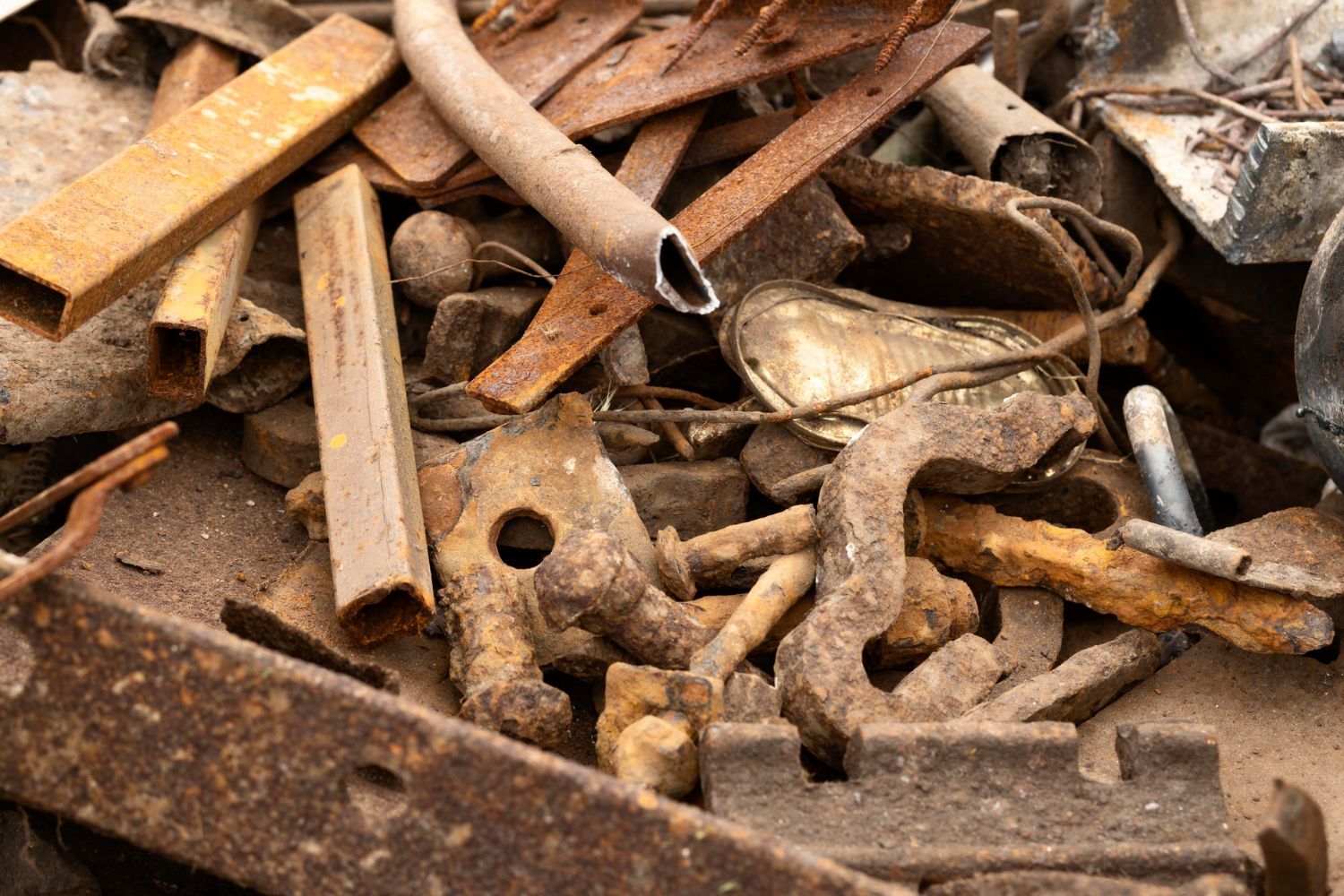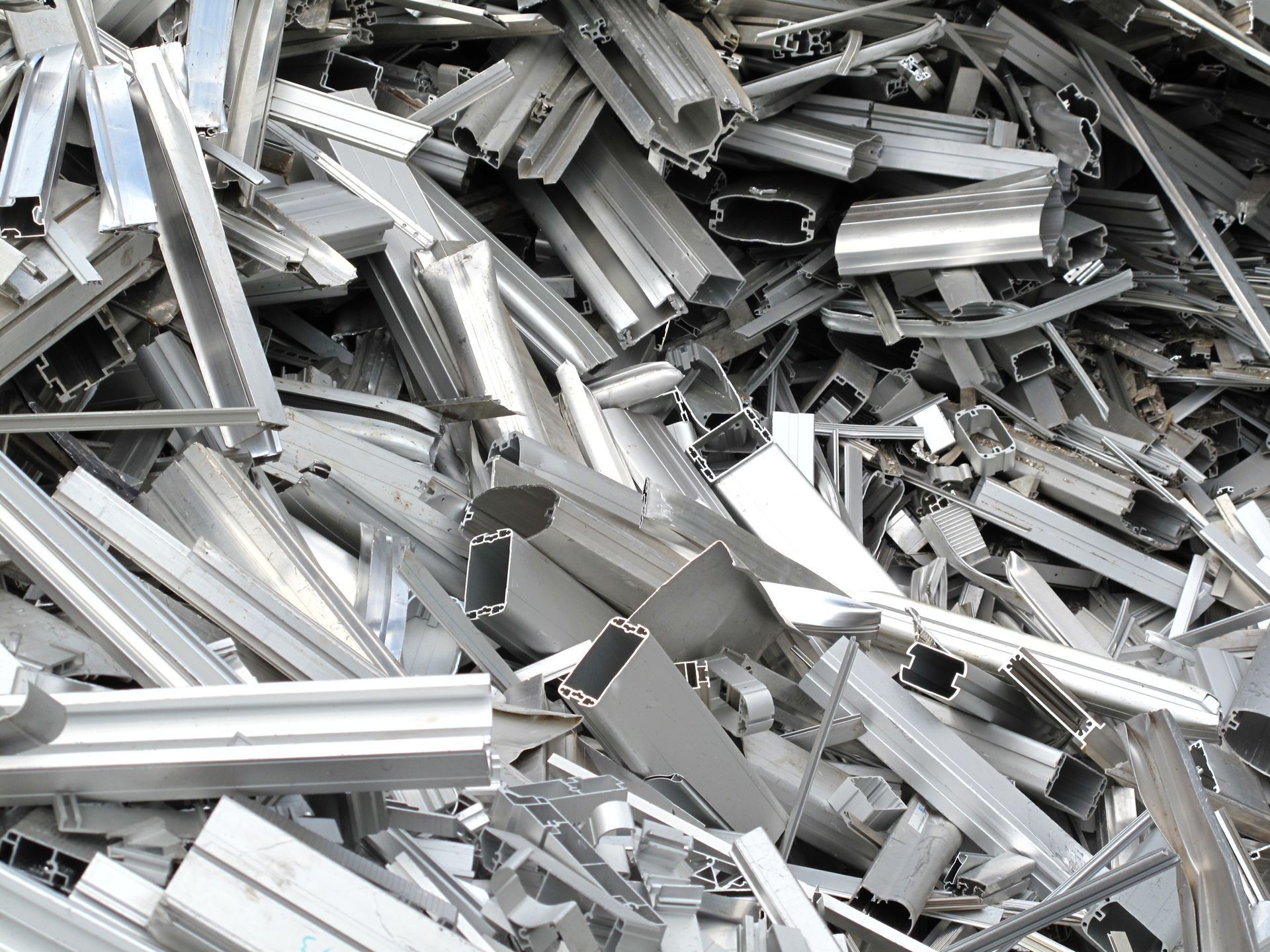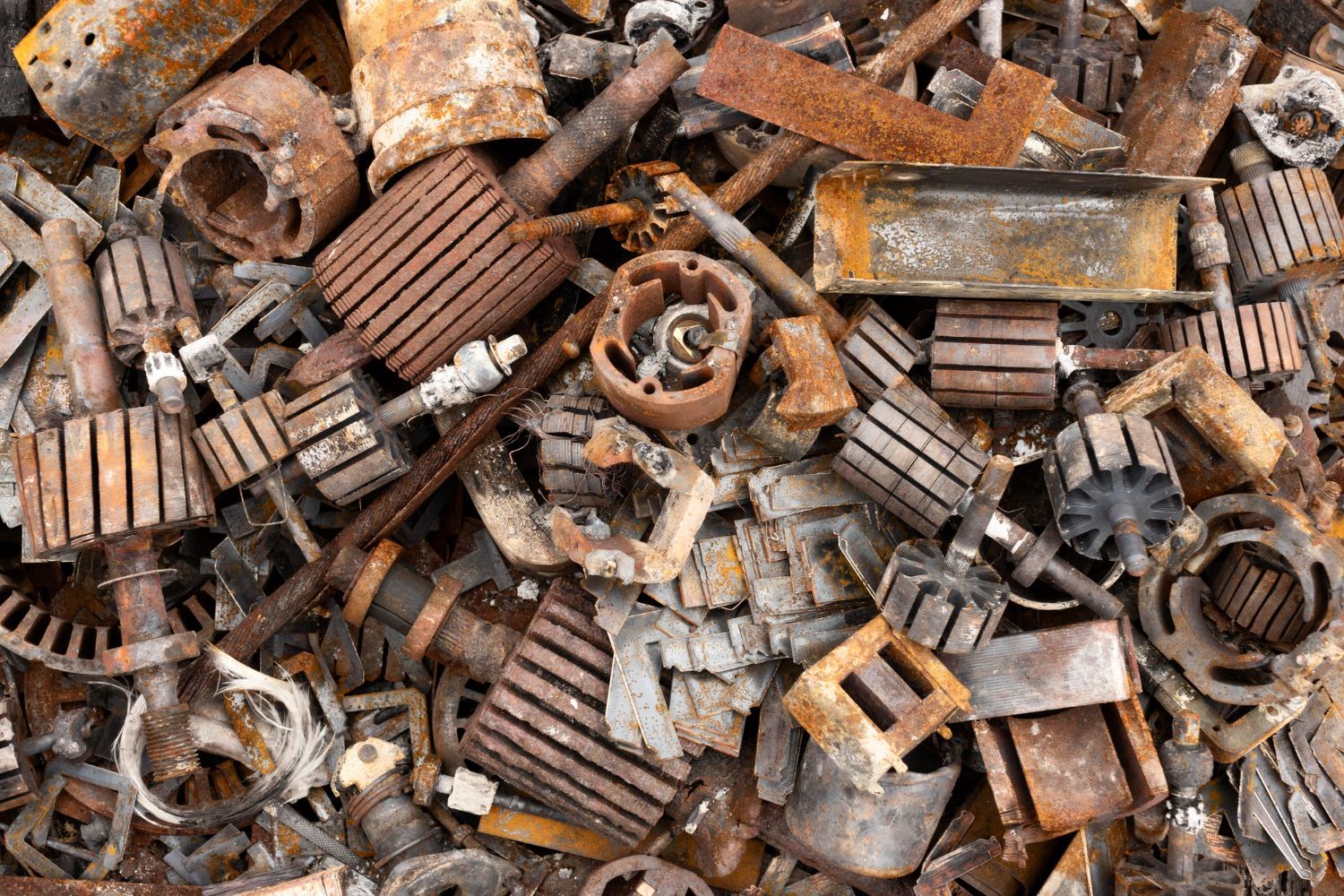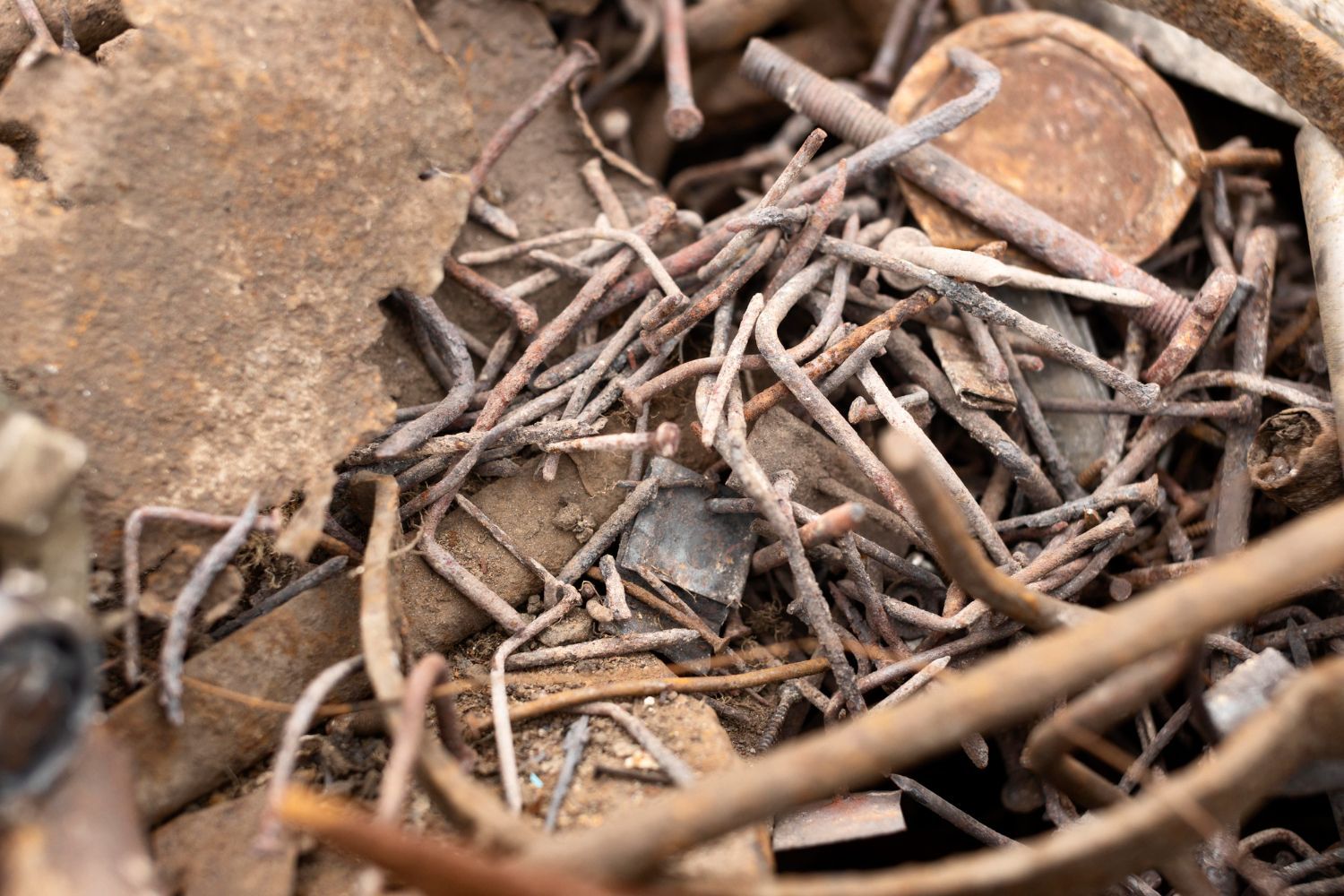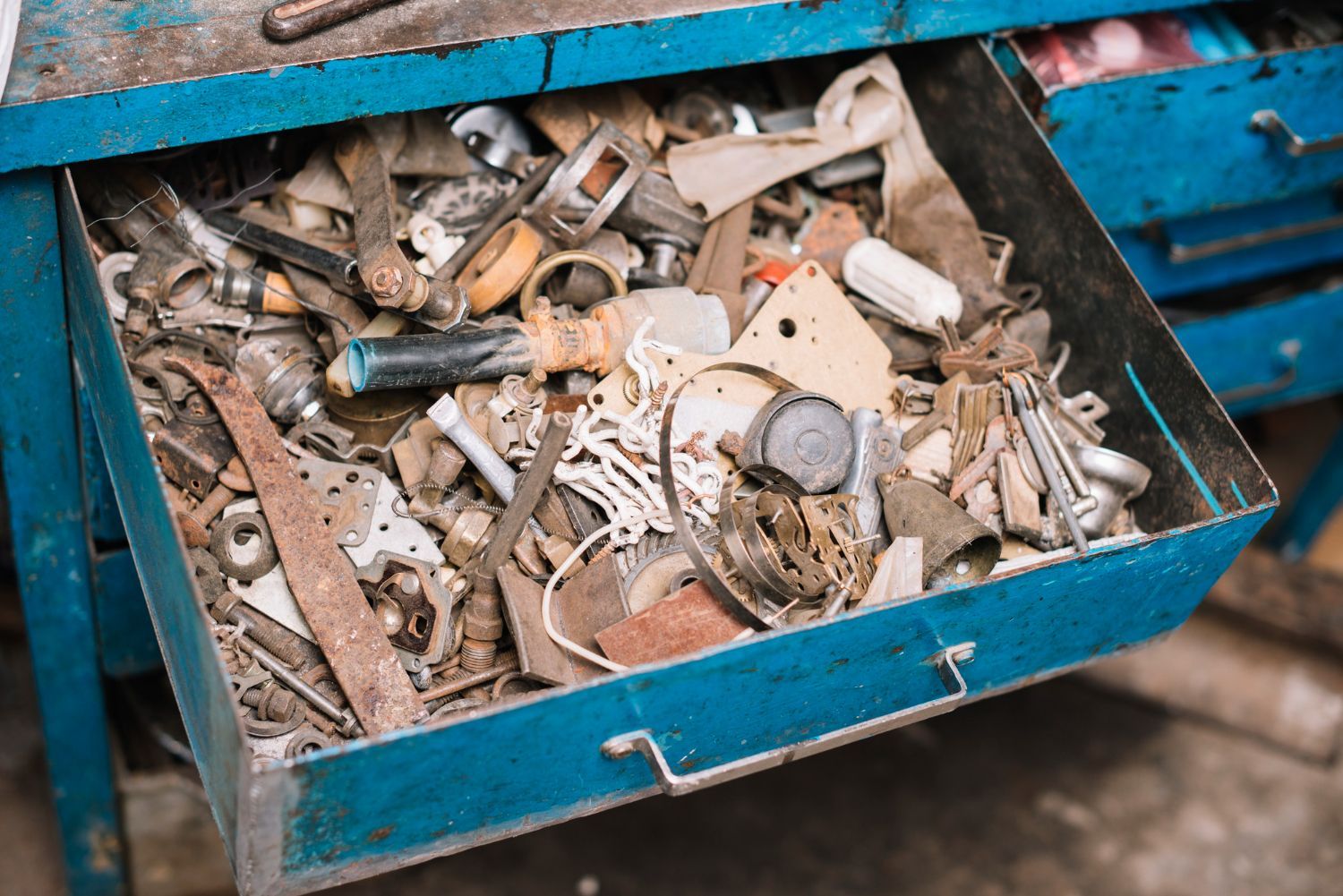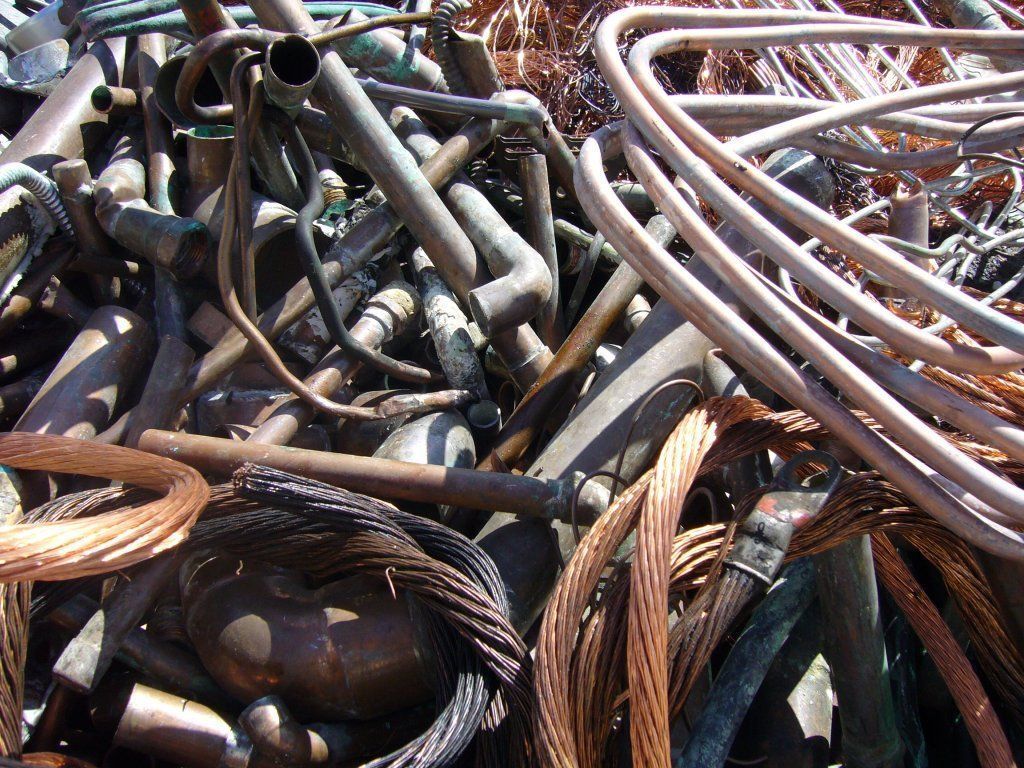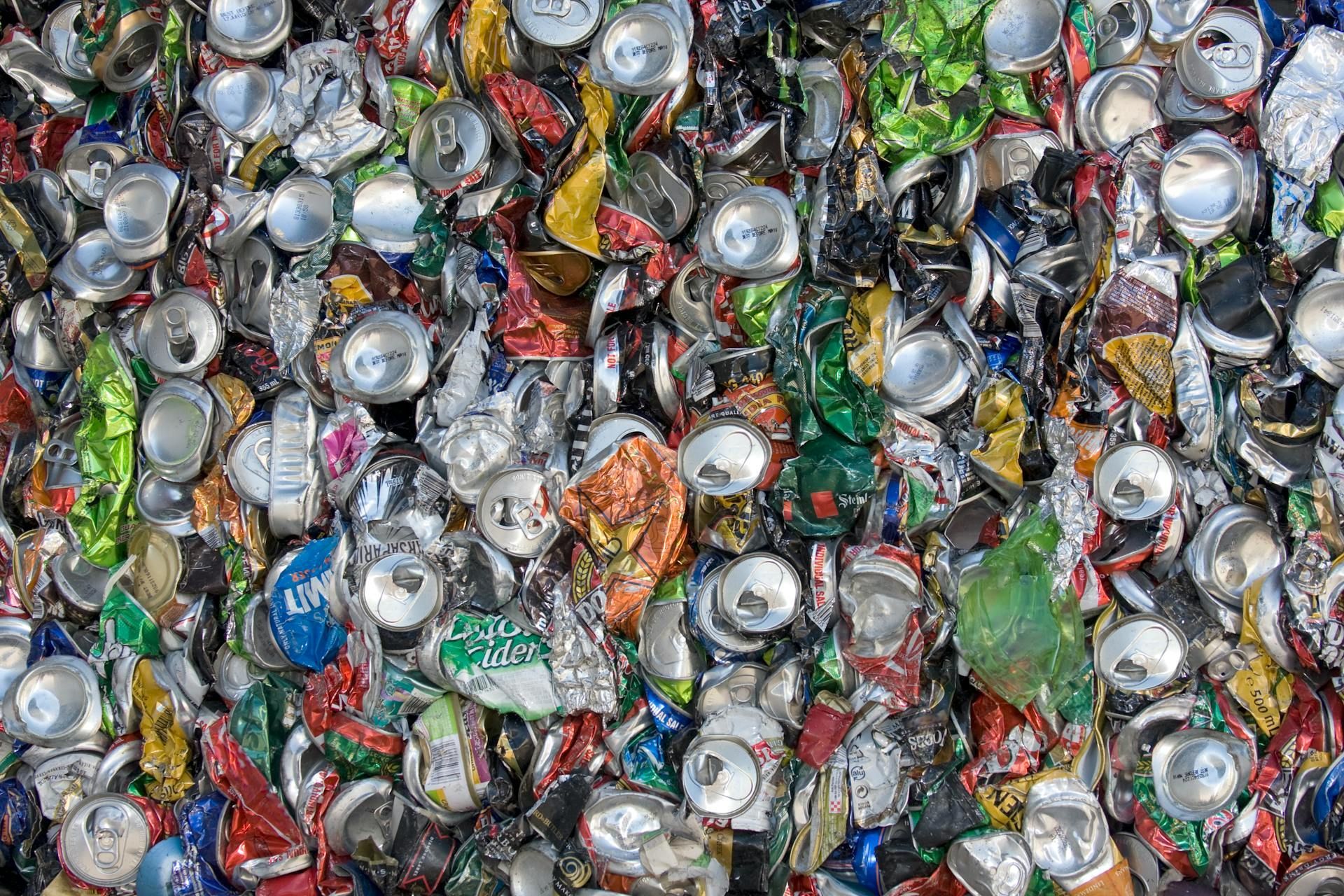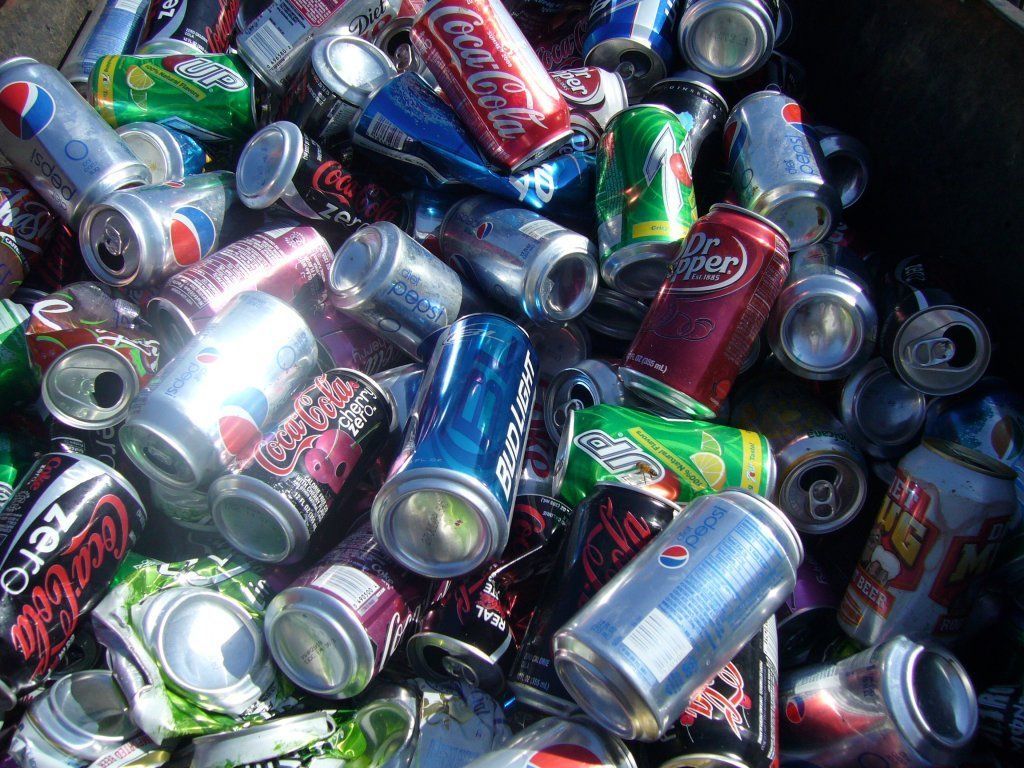E-Waste Recycling: What You Need to Know
Electronic devices will stop working or get damaged at some point. What should you do when that happens? Should you put the items in a cabinet or the basement and forget about them? The best approach is to do e-waste recycling. Find out what e-waste recycling is.
1. What Is E-Waste?
E-waste stands for electronic waste and is sometimes referred to as e-scrap. This is the waste that comes from surplus, obsolete, or damaged electronic devices. These electronics may contain hazardous and toxic substances. As a result, proper disposal and handling of electronics is necessary to protect the environment.
People discard approximately 50–60 million tons of electronic waste every year. This represents about 3% of global waste but poses a greater danger to people's health than all the other waste.
Some of the common materials available in electronic devices include beryllium, cadmium, and lead. Many of these substances can corrode and release toxic emissions into the environment. Therefore, throwing e-waste into garbage containers may be a danger to public health. Instead, reach out to a scrap metal company to take away these materials and use them for secondary uses.
2. Why Is E-Waste Recycling Vital?
Recycling electronic waste has many benefits for the environment and people's health. Recycling also comes with economic benefits when you sell the electronics as scrap metal. For example, many electronic devices contain plastic, glass, aluminum, copper, and gold. These materials are extremely valuable and can fetch a good sum of money.
You only have to ensure that a reputable company handles e-waste products. Proper handling prevents accidental disposal of the water.
3. What Constitutes E-Waste?
People purchase vast amounts of electronic devices every year, but only a small percentage of these devices enter the recycling process. One of the reasons for this small percentage is that many people don't know what constitutes e-waste.
The waste can be small equipment, such as electric kettles, shavers, toasters, microwaves, calculators, and video cameras. Damaged small control and monitoring tools in your home can also be e-waste.
Also, large equipment can be e-waste. For example, solar panels, large printing machines, dishwashers, and washing machines become e-waste eventually. Other things can include heat pumps, air conditioners, and refrigerators.
4. What Can Recycled E-Waste Turn Into?
Manufacturers can turn e-waste into very many useful products. Learn about some of these products:
Hover mowers can provide materials for car bumpers, pipe fittings, and musical instruments.
Game consoles provide steel that is ideal for car parts and computer casings.
Mobile phones have precious metals that can be perfect for other electronic products.
Computer circuit ports have precious metals, such as palladium, platinum, silver, and gold, that can turn into jewelry.
5. What Is the Best Way to Recycle Electronic Waste?
The process of recycling e-waste involves several steps since electronics contain many types of materials. The recycling process will include manual and automatic actions. Automated equipment streamlines the process and ensures proper handling of hazardous materials.
The first step is to sort and separate the electronic items and their components. Then, the company will shred the components into tiny items. The other processes involve magnetic removal and the separation of metallic and non-metallic substances.
A recycling plant may use water to separate plastic and glass. Glass that contains lead will enter smelters for use in the production of new items such as batteries and x-ray shields.
You probably have damaged or dysfunctional electronic items in your home or office. These items can be an environmental hazard and take up unnecessary space. Why not convert electronic items into money by selling them to Bruce Metal & Salvage? We will buy your electronic items as scrap metal. Contact us for more information.





